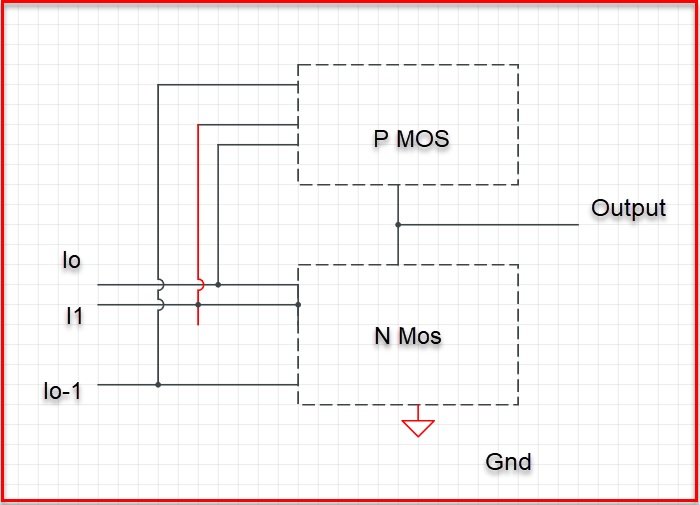What is CMOS?
CMOS, as mentioned earlier, is a small amount of storage on the motherboard and is used to store BIOS settings. It consists of both N-type and P-type transistors and they are used in an opposite configuration. So, a signal that turns ON one type of transistor turns OFF the other one. This way, a logic device is designed without the need for a pull-up resistor. CMOS has a few perks as it has high speed, high noise margin, low power dissipation, and can operate on a wide range of input voltages.
What is CMOS used for?
CMOS is widely used in different chips such as Microprocessor, Microcontroller, Static RAM, etc. In computers, it is used along with BIOS. So, let us see how it works alongside BIOS. On the RAM of your computer’s Motherboard, a CMOS chip is present. This chip would inherit one of the characteristics of RAM, it deletes the computer’s setting when you turn OFF your computer. However, with the help of a CMOS Battery, the chip can be powered constantly, hence, your computer’s setting will not get deleted. So, when you turn ON your computer the CMOS chip will provide the necessary information to the BIOS to boot your computer. A CMOS sensor is used for many other things such as in a digital camera to convert images into digital data but in your computer, it is used to store BIOS settings. Read: How to reset or clear CMOS on Windows 10.
What is the difference between BIOS and CMOS?
BIOS or Basic Input/Output System is a program that takes care of your computer from the time it starts up to the time the Operating System takes control. CMOS is a place where BIOS stores the date, time, and other system configurations. So, CMOS and BIOS are related but one is a physical chip and another one is a firmware used to boot up your system. Hopefully, we have helped you in getting a grasp of CMOS and what is it used for.

